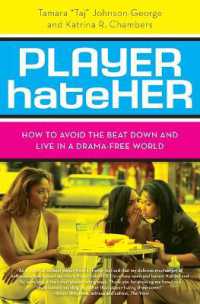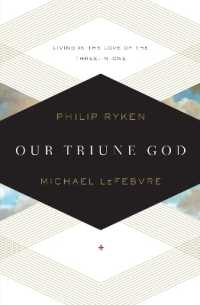- ホーム
- > 洋書
- > 英文書
- > Literary Criticism
基本説明
This comprehensive and well-informed study is also a work of detection and reappraisal.
Full Description
This comprehensive and well-informed study is also a work of detection and reappraisal. Each tragedy is considered both as a text and as a play to experience in performance. Shakespeare's engagement with this form of drama is followed step-by-step until its concluding years of intense activity. No theory of tragedy emerges, but rather an increasing ability to maintain and communicate a clear-eyed perception of a changing and often violent society in which action is stronger than words or conscious intention.
Contents
Introduction
A Theatre for Tragedy
Titus Andronicus: A First Tragedy
Popular Tragedies and their Audiences
Richard III and Richard II: Historical Tragedies
Romeo and Juliet: An Innovative Tragedy
From King John to Henry V: Histories and Heroes
Julius Caesar: Unsettling an Audience
Hamlet: Sources and Context
Hamlet: Action and Audience
Othello: Sexuality and Difference
King Lear: Part One
King Lear: Part Two
Macbeth: Order and Imagination
Antony and Cleopatra: A Wider View
Coriolanus: Strength and Weakness
Timon of Athens and Beyond Tragedy
Notes
Index.







